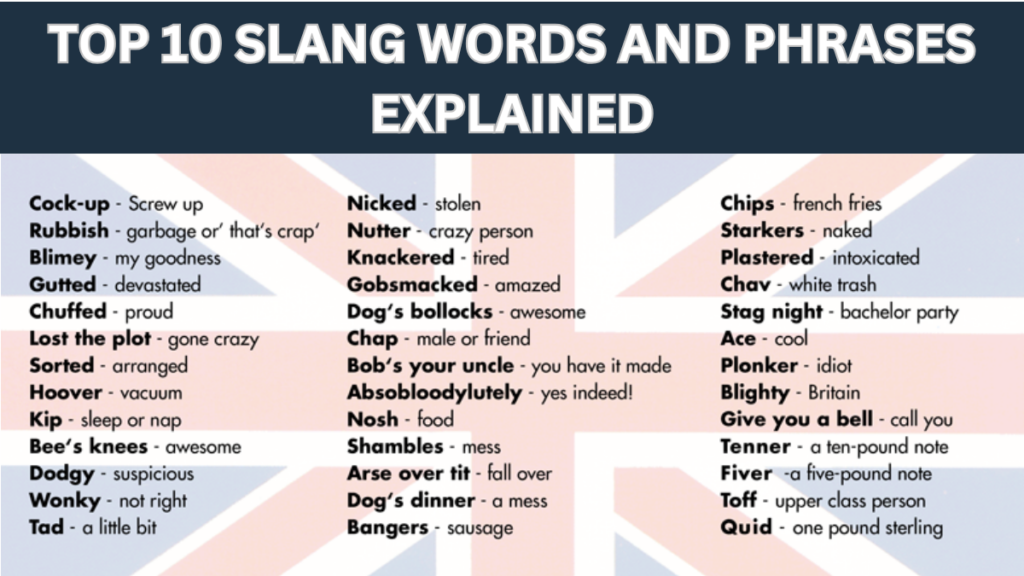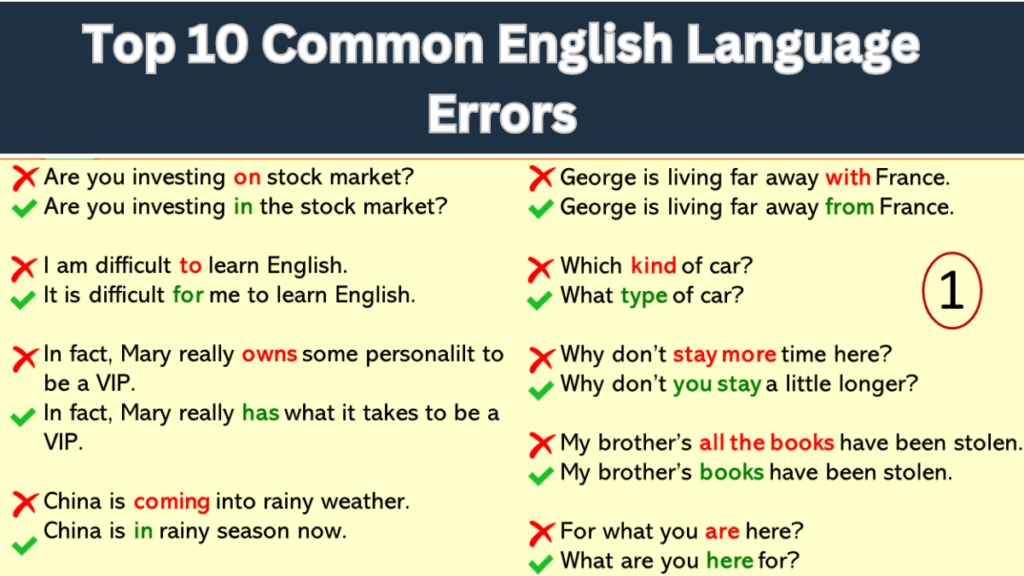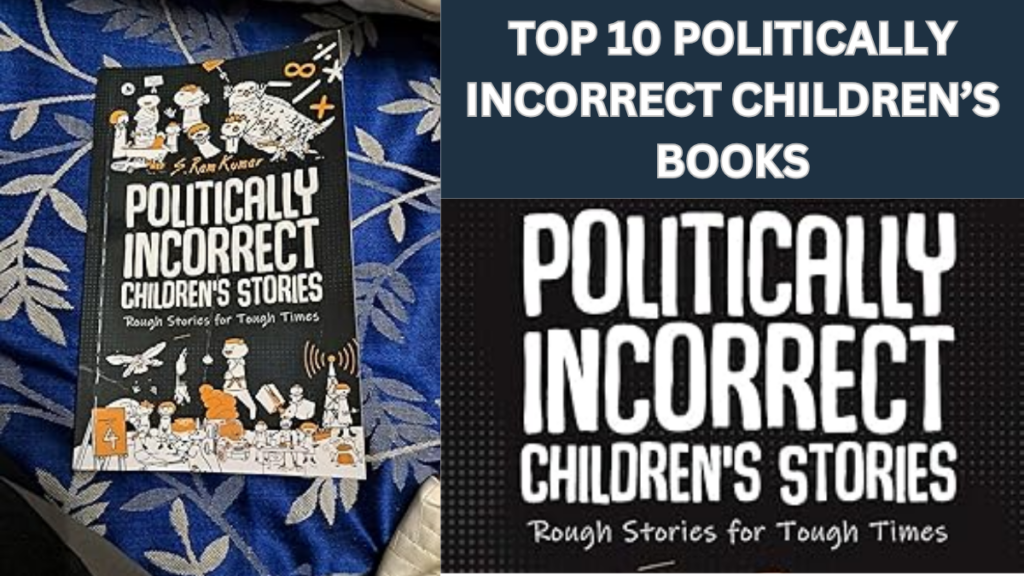TOP 10 FASCINATING FICTIONAL LANGUAGES
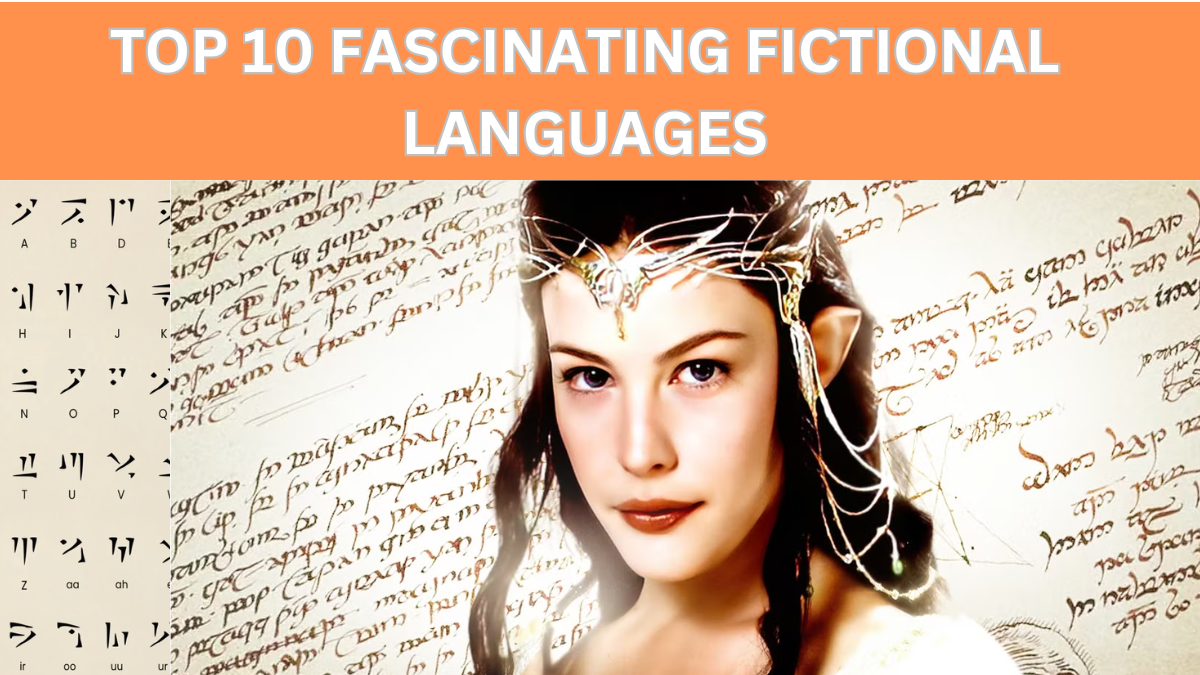
“Discover the top 10 fictional and constructed languages that captivate fans and linguists alike, from Alienese and Parseltongue to Tolkien’s Middle-Earth languages and real-world Esperanto.”
Alienese
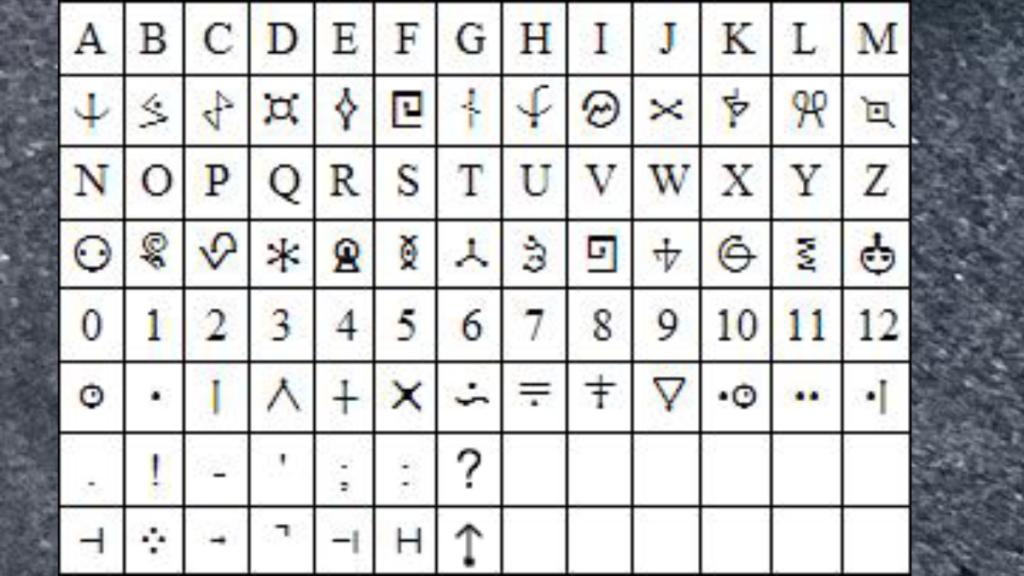
Appearing as graffiti in Futurama, Alienese includes two fictional alphabets: one that directly transliterates into English and another far more complex. Fans have deciphered these to uncover hidden humor in the show.
Parseltongue
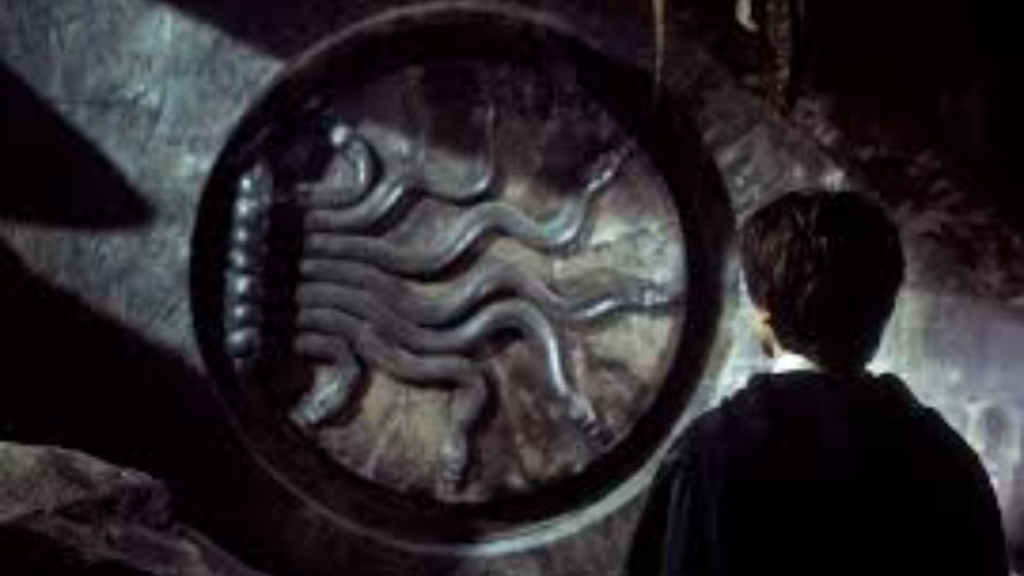
From Harry Potter, this snake language is spoken by rare Parselmouths like Salazar Slytherin and Harry Potter. J.K. Rowling based its name on an old term for mouth disorders, and it sounds like hissing to non-speakers.
Aklo

First introduced in Arthur Machen’s The White People, Aklo appears in occult literature and later works by H.P. Lovecraft and Alan Moore. It’s a mysterious language without fixed grammar or vocabulary.
Mangani
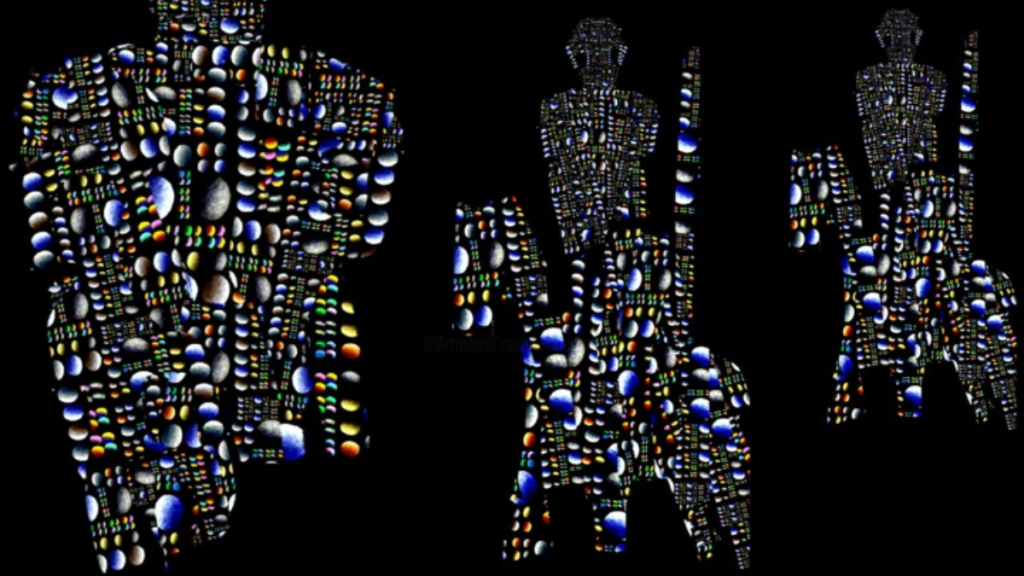
Edgar Rice Burroughs’ Tarzan novels use Mangani as the language of the apes. While described as guttural sounds, its written form incorporates elements of real African languages.
Newspeak
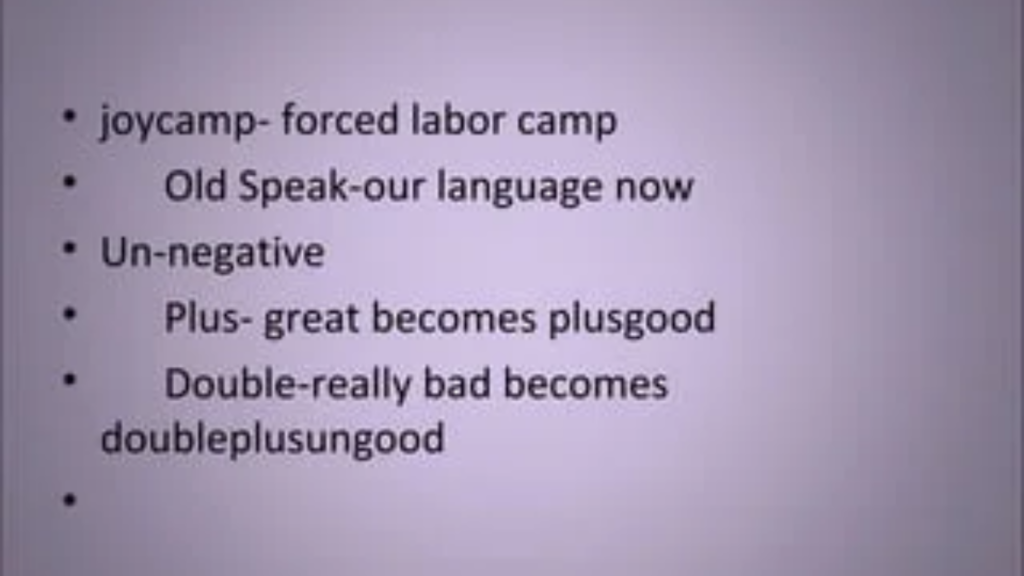
Created for George Orwell’s 1984, Newspeak limits expression and independent thought by reducing vocabulary. It borrows from Esperanto’s system of prefixes and suffixes to create rigidly defined meanings.
Nadsat
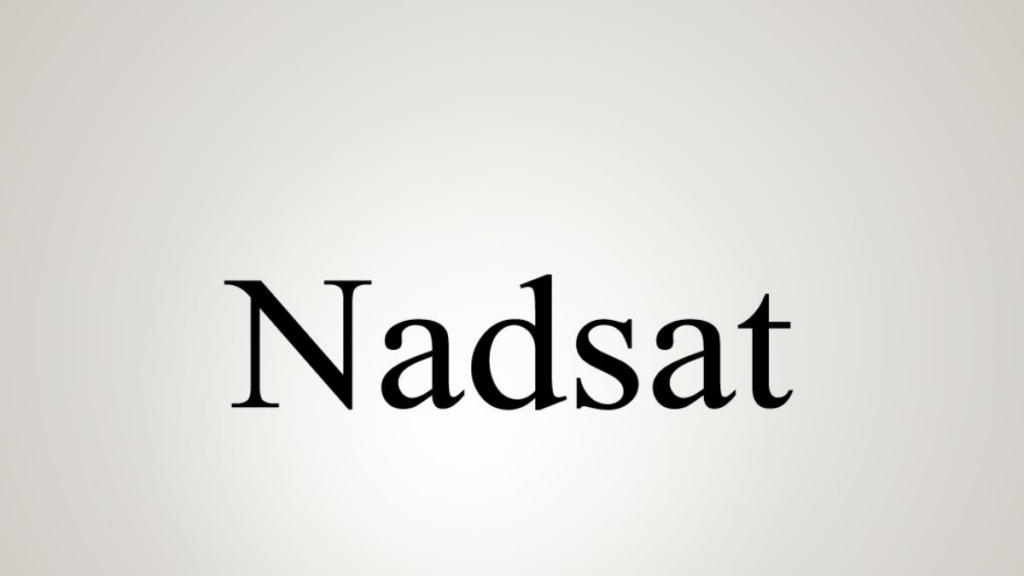
The slang of rebellious teens in A Clockwork Orange, Nadsat is based on English with influences from Russian, Cockney rhyming slang, and religious texts. Its concrete vocabulary reflects the simplicity of its speakers’ minds.
Simlish
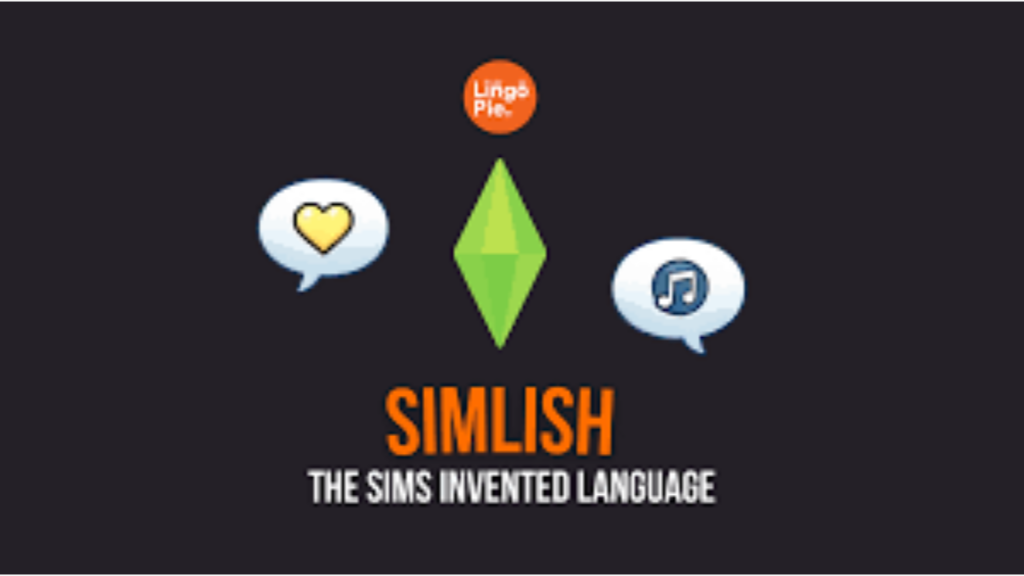
The gibberish language in The Sims allows players to imagine dialogue and interactions. Improvised by voice actors, Simlish avoids repetitive translations. It’s also featured in songs re-recorded by famous artists.
Esperanto
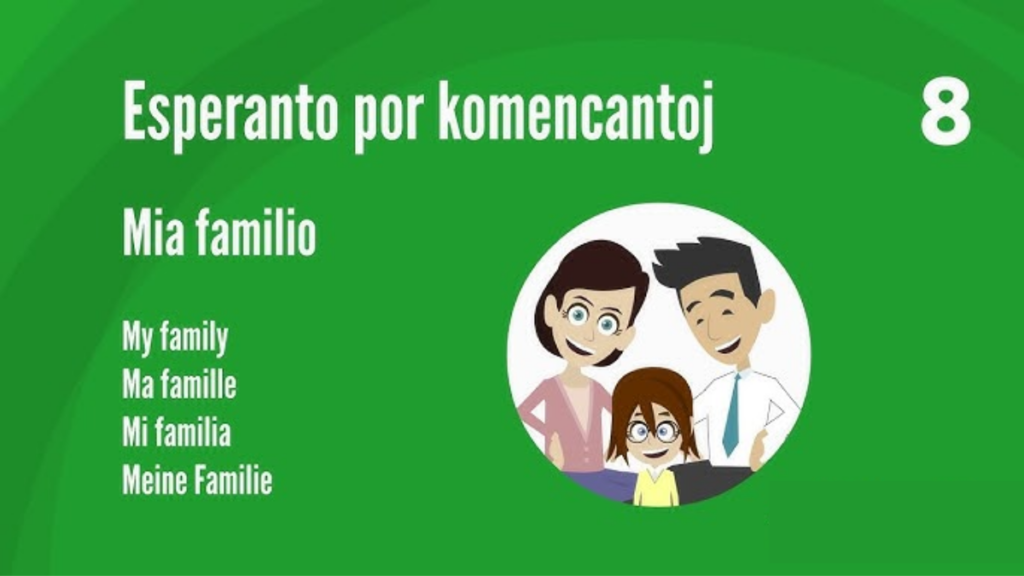
The only real language on the list, Esperanto was created by L.L. Zamenhof in 1887 as a universal second language. With millions of speakers worldwide, it’s used in academia, online platforms, and cultural exchanges.
Klingonese
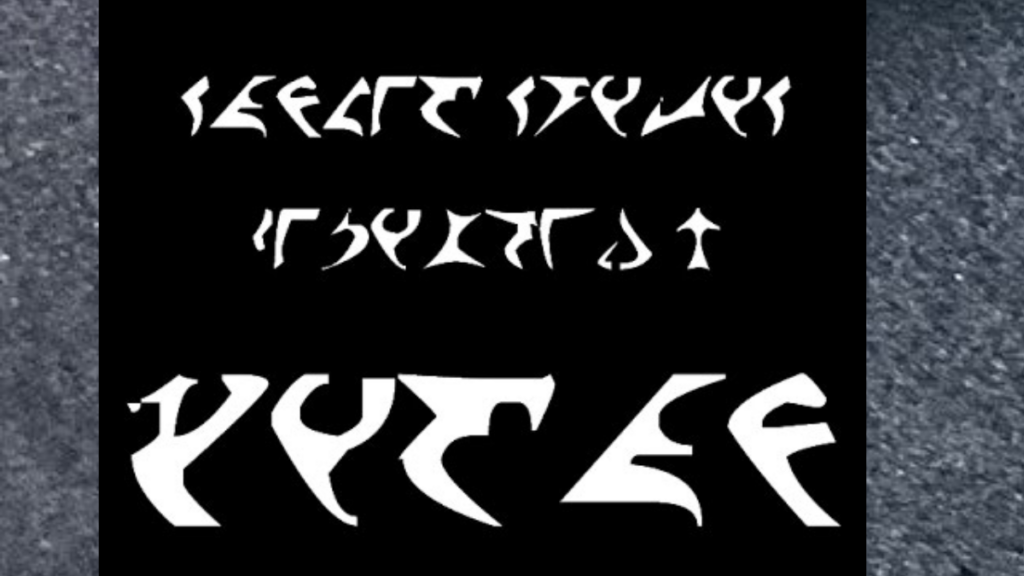
The language of Star Trek’s Klingons, developed by linguist Marc Okrand, is spoken fluently by many fans. It includes a rich lexicon and grammar, with works like Shakespeare’s Hamlet translated into Klingon.
Languages of Arda
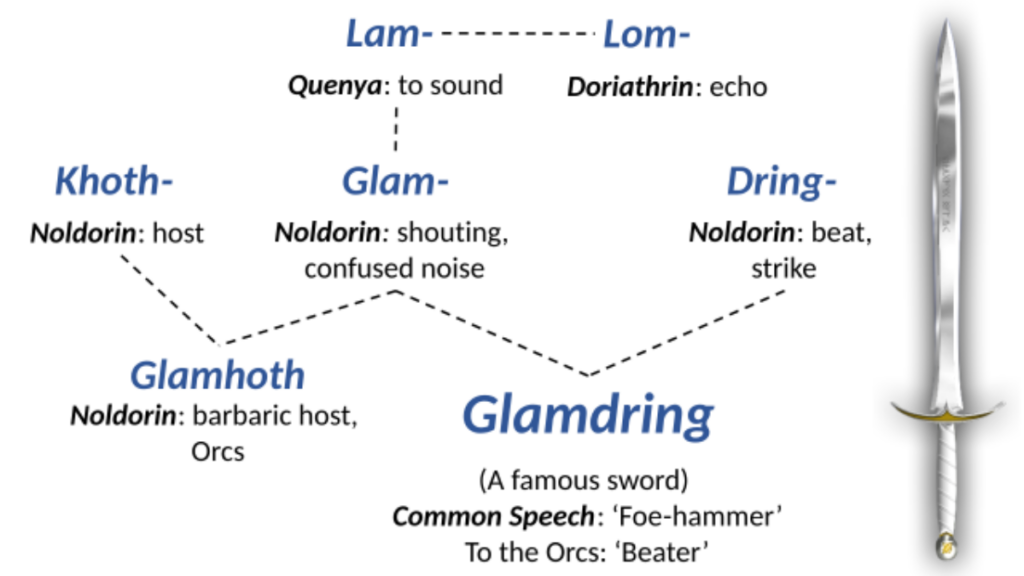
J.R.R. Tolkien’s Middle-Earth languages, especially Quenya and Sindarin, set the standard for fictional linguistic depth. Influenced by Finnish and Welsh, they integrate seamlessly into the world’s lore and cultures.
